- Your cart is empty
- Continue Shopping
Essential Bedridden Patient Care Equipment
- Bedridden
- Posted on

A person can be asked to be confined to a bed rest for a number of reasons. They can be bedridden as a result of recuperating from a surgery or recovering from an illness, or due to old age which is the most common reason. There are also patients that have lost some or all of their ability to move around independently, and therefore need to be on the bed. Being bedridden can be a difficult situation for both the patient and for the caregiver and the family members.
Bedridden patient care is a task that requires commitment, compassion, and finally the right equipment. Whether the care is administered at a healthcare facility or at the comfort of one’s own home, making sure that the essential equipment is available can vastly improve the quality of life for the patient as well as lessen the burden on caregivers.
Hospital Cots
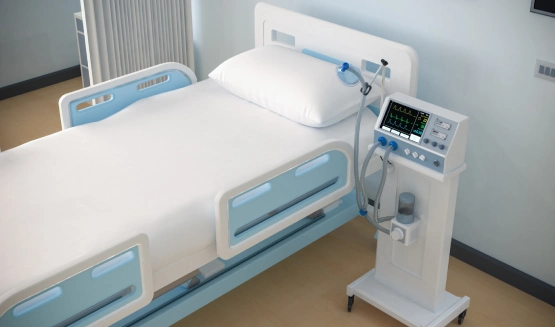
A hospital cot is the centerpiece equipment necessary during bedridden patient care. Hospital cots differ from regular beds as they offer adjustable features that improve comfort and accessibility for both patients and caregivers. These cots can be adjusted to various heights and angles to accommodate different needs, such as easing respiratory problems, reducing pressure on specific body parts, and facilitating movement.
Hospital cots usually come in two types: Electrical hospital cots and Manual hospital cots.
– Electrical Hospital Cots: They are powered by electrical motors, allowing for effortless adjustments with the push of a button. These beds are highly convenient for both patients and caregivers.
– Manual Hospital Cots: They are operated by hand cranks, which control the adjustments of the bed’s height and the position of the head and foot sections. These beds are much more economical and can be used effectively with proper effort.
Choosing the Right Hospital Cot
When choosing between the two options, consider the following aspects:
– Patient’s Needs: Consider the patient’s mobility levels and comfort requirements. Electrical cots are often better for patients with severe mobility issues.
– Ability of the Caregiver: Consider the physical ability of the caregiver. If they are unable to manage manual adjustments easily, an electrical cot may be more suitable.
– Budget: Determine your budget and compare the cost against the benefits of each type of cot.
– Environment: If the care environment is in an area with frequent power cuts, then a manual cot is a better option.
Pressure Relief Mattress
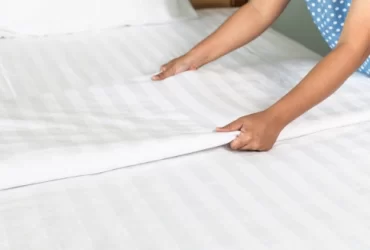
Bedsores, medically known as pressure ulcers, are a major concern during bedridden patient care. A pressure relief mattress can help in distributing the body weight evenly and reduces the risk of pressure ulcers.
The common types of pressure relief mattresses are:
– Foam Mattress: Provides basic pressure relief and comfort.
– Air Mattress: Alternating pressure mattresses use air cells that inflate and deflate to relieve pressure points.
– Gel Mattress: Combines foam with gel for better weight distribution and pressure relief.
Manual Folding Commode
A commode is important for patients who have difficulty reaching the bathroom. It provides a convenient and safe option for toileting needs. It can be without much hassle to both the patient and the caregiver. Commode lines can be used for easier waste disposal and hygiene.
Adult Diapers
Adult diapers provide full coverage and protection for patients, making them an unavoidable part of hygienic care during bedridden patient care. They are designed to offer complete coverage and made with highly absorbent materials ensuring that all areas where leaks can form are protected for a long time. Many adult diapers come with odor-control features to maintain a pleasant environment and boost the patient’s confidence. They are also easy to put on and remove, often featuring adhesive tabs or Velcro fasteners for quick changes.
Underpads
Underpads offer an additional layer of protection for mattresses, improving the overall hygienic care system during bedridden patient care. They are placed underneath bed pads or directly on the mattress, underpads add an extra barrier against leaks and spills. They are made with materials that can absorb large quantities of liquid, so they help maintain a dry sleeping surface.
By preventing liquids from reaching the mattress, underpads extend the lifespan of the mattress and maintain a hygienic sleeping environment. Besides being used on beds, underpads can be placed on chairs, wheelchairs, or other seating surfaces to provide protection wherever the patient might be.
Phlegm Suction Units
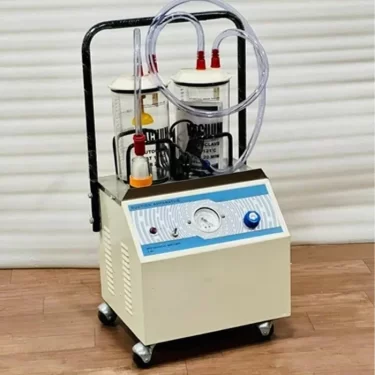
Phlegm suction units are important devices used during bedridden patient care for those who have difficulty clearing mucus and secretions from their respiratory tract. These units help in maintaining clear airways, prevent infections, and improve breathing. There are multiple types of phlegm suction units available in the market, each made for different needs and preferences.
– Portable Phlegm Suction Units: Portable phlegm suction units are compact and designed for ease of use and mobility. They are ideal for home care or for patients who need suctioning while traveling. These units are lightweight and easy to transport and battery operated. Portable suction units are designed for simplicity, with intuitive controls and easy-to-clean components. They are also quiet, making them more comfortable for patient use. The portability allows caregivers to assist patients wherever they are, without being connected to a fixed location. Being battery-operated, they are useful during power outages or when access to electricity is limited.
– Heavy-Duty Phlegm Suction Units: Heavy-Duty phlegm suction units are larger and typically more powerful than portable units. They are suited for use in a single location, such as a patient’s bedside in a home or healthcare facility. They offer robust suction capabilities, making them effective for patients with heavy secretions. They are designed for continuous use, providing reliable performance over extended periods. They often come with adjustable suction settings to cater to different patient needs. Built to withstand frequent use, they are usually more durable and reliable.
– Manual Phlegm Suction Units: Manual phlegm suction units do not require electricity or batteries and are operated by hand. They are lightweight and easy to carry, perfect for emergency kits or use in remote areas. Typically less expensive than powered units.
Choosing the Right Phlegm Suction Unit
When selecting a phlegm suction unit, consider the following factors:
– Patient’s Needs: Consider the patient’s secretion levels and how frequently they need suctioning.
– Care Environment: Determine whether mobility is essential or if the unit will be used in a fixed location.
– Power Availability: Consider the availability of power sources and the need for battery backup or manual options.
– Caregiver Capacity: Assess the physical capabilities and training of the caregivers who will operate the unit.
– Budget: Factor in the cost of the unit, as well as ongoing maintenance and replacement parts.
Examination Gloves
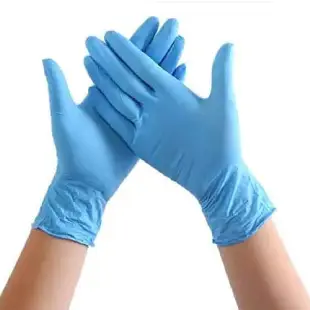
Examination gloves are an important part of bedridden patient care, providing essential protection against infection for both the patient and the caregiver. They are designed to prevent cross-contamination during medical procedures and daily care. There are different types of examination gloves, each suited for specific needs and preferences.
– Latex Examination Gloves: Latex examination gloves are made from natural rubber latex and are known for their comfort, fit, and dexterity. Latex gloves offer superior elasticity, providing a snug fit that enhances tactile sensitivity and precision in handling. These gloves are strong and durable, and are generally more comfortable to wear for extended periods due to their stretchy nature. Suitable for a wide range of tasks, from medical examinations to routine caregiving activities. They are an effective barrier against pathogens and contaminants.
– Nitrile Examination Gloves: Nitrile examination gloves are made from synthetic rubber, providing a latex-free alternative with excellent durability and resistance. They do not contain latex proteins, making them safe for individuals with latex allergies. These gloves offer superior resistance to chemicals and punctures, making them suitable for a wide range of tasks beyond basic caregiving, providing reliable protection during prolonged use. They also have a longer shelf life compared to latex gloves, making them more practical for storage.
– Vinyl Examination Gloves: Vinyl examination gloves are made from polyvinyl chloride (PVC) and are another latex-free option. They are typically used for short-term, low-risk tasks. They are generally cheaper than latex and nitrile gloves, making them a budget-friendly option. These gloves have a smooth texture and are comfortable for short-term use. They are also easier to wear and remove.
Choosing the Right Examination Gloves
When selecting examination gloves, consider the following aspects:
– Allergies: Make sure if any caregivers or patients have latex allergies to choose appropriate non-latex options.
– Task Requirements: Look at the tasks at hand to choose gloves with the necessary durability, sensitivity, and resistance.
– Comfort and Fit: Ensure the gloves fit well and are comfortable for prolonged use.
– Budget: Consider the cost and balance it with the need for protection and functionality.
– Regulatory Compliance: Ensure the gloves meet relevant healthcare standards and regulations.
Dry Tissue Roll
Dry Tissue Rolls play an important role during bedridden patient care, offering a convenient option for maintaining hygiene and cleanliness. They can be used for a variety of tasks, including personal hygiene, cleaning surfaces, and absorbing spills. They are disposable and also come in different varieties which include stronger tissues or additional features like antibacterial properties.
Wet Wipes
Wet wipes are also an essential tool used during bedridden patient care. They provide a convenient and effective way to maintain hygiene and cleanliness. They are pre-moistened and come in different varieties to suit different needs. Many different types are available in the market, each having its own benefits and extra features such as disinfectant agents, moisturizing agents etc.
In conclusion, bedridden patient care involves an extensive approach that includes the right equipment, proper techniques, and a compassionate attitude. Each piece of the equipment mentioned above plays an important role in ensuring the patient’s comfort, safety and well-being. By investing in quality equipment and staying informed about best practices, caregivers can provide the best possible care for their bedridden loved ones or patients.
Life Care Cart
Online Medical Shopping Cart



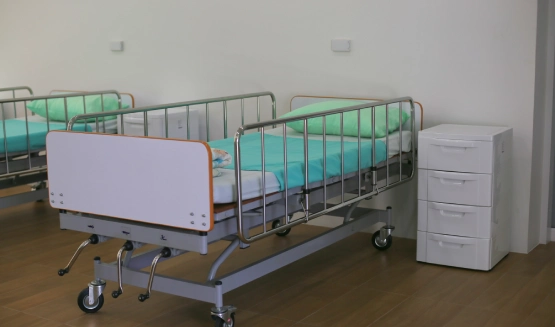
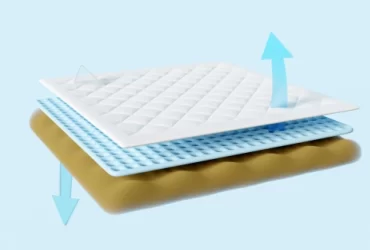

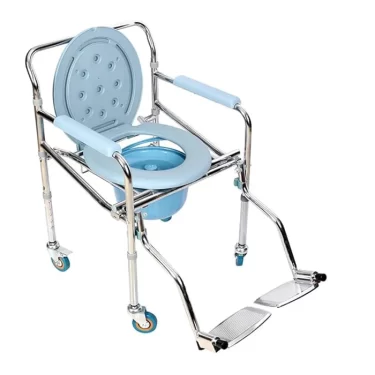
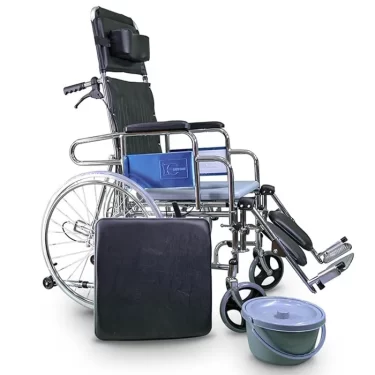
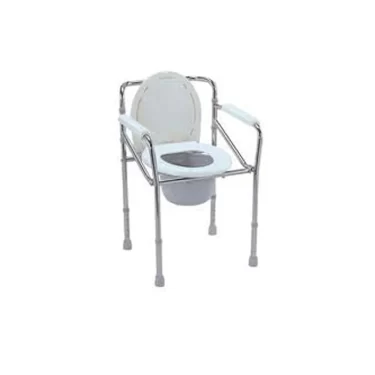

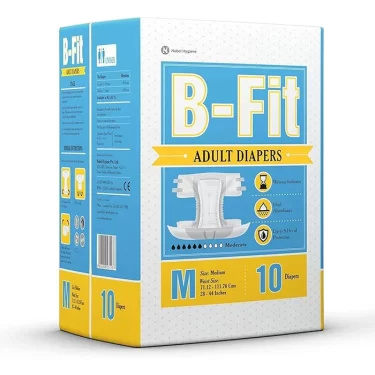

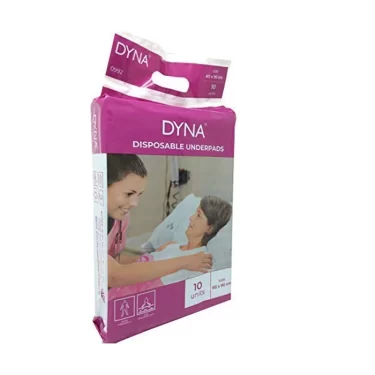
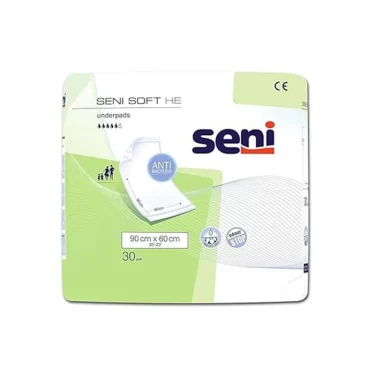
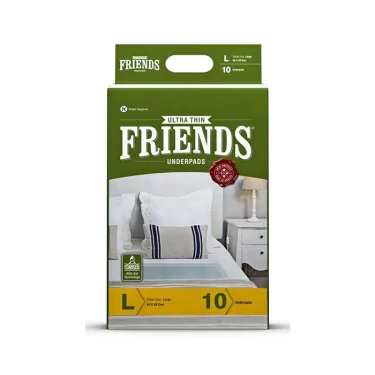
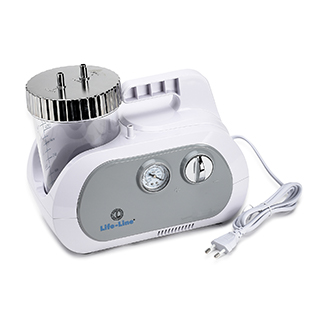
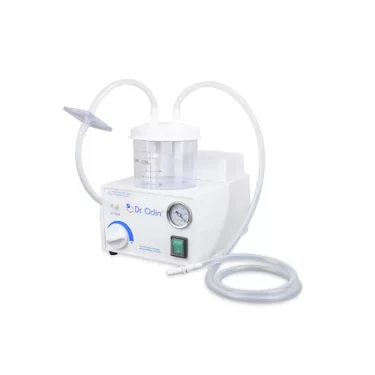
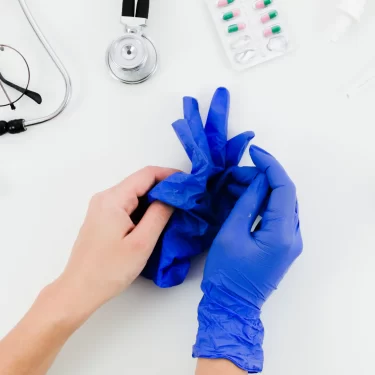
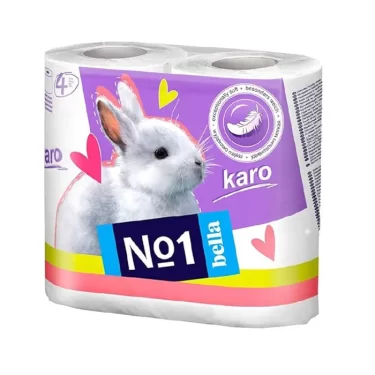

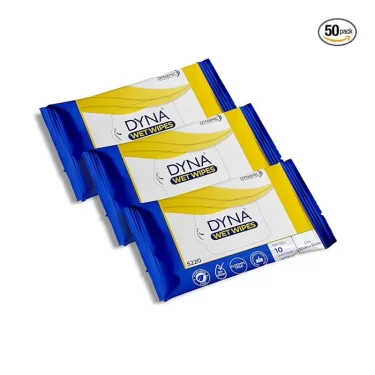

Comments are closed.